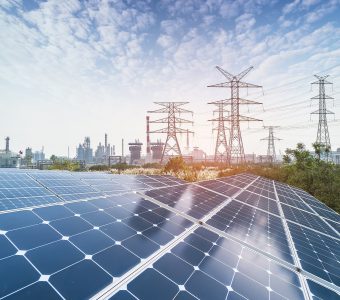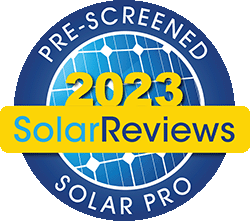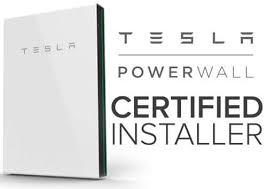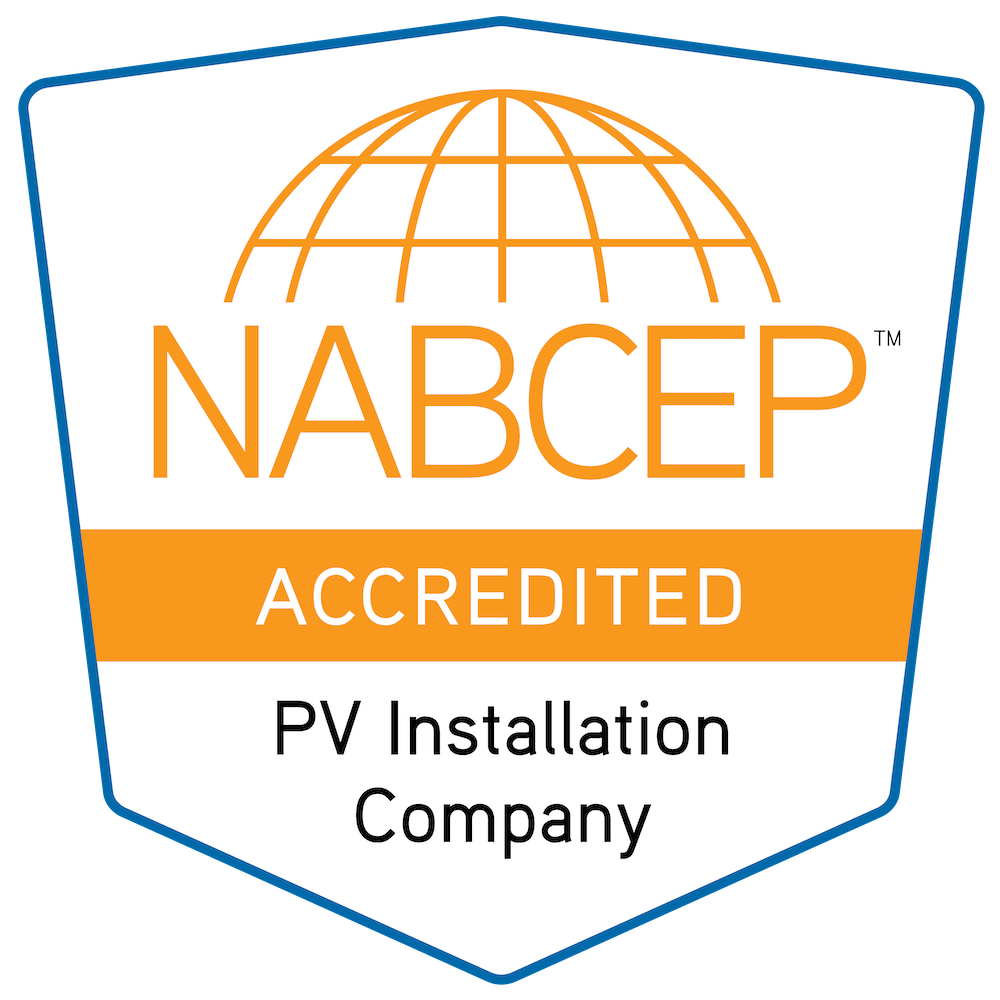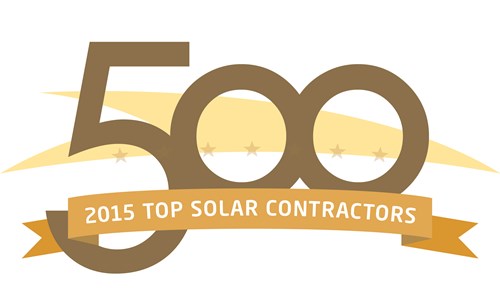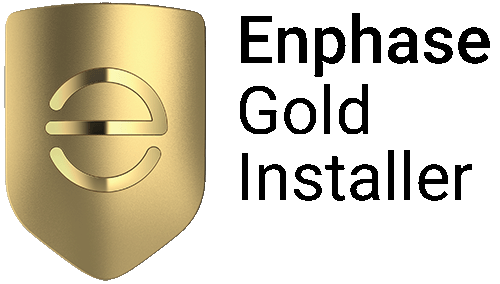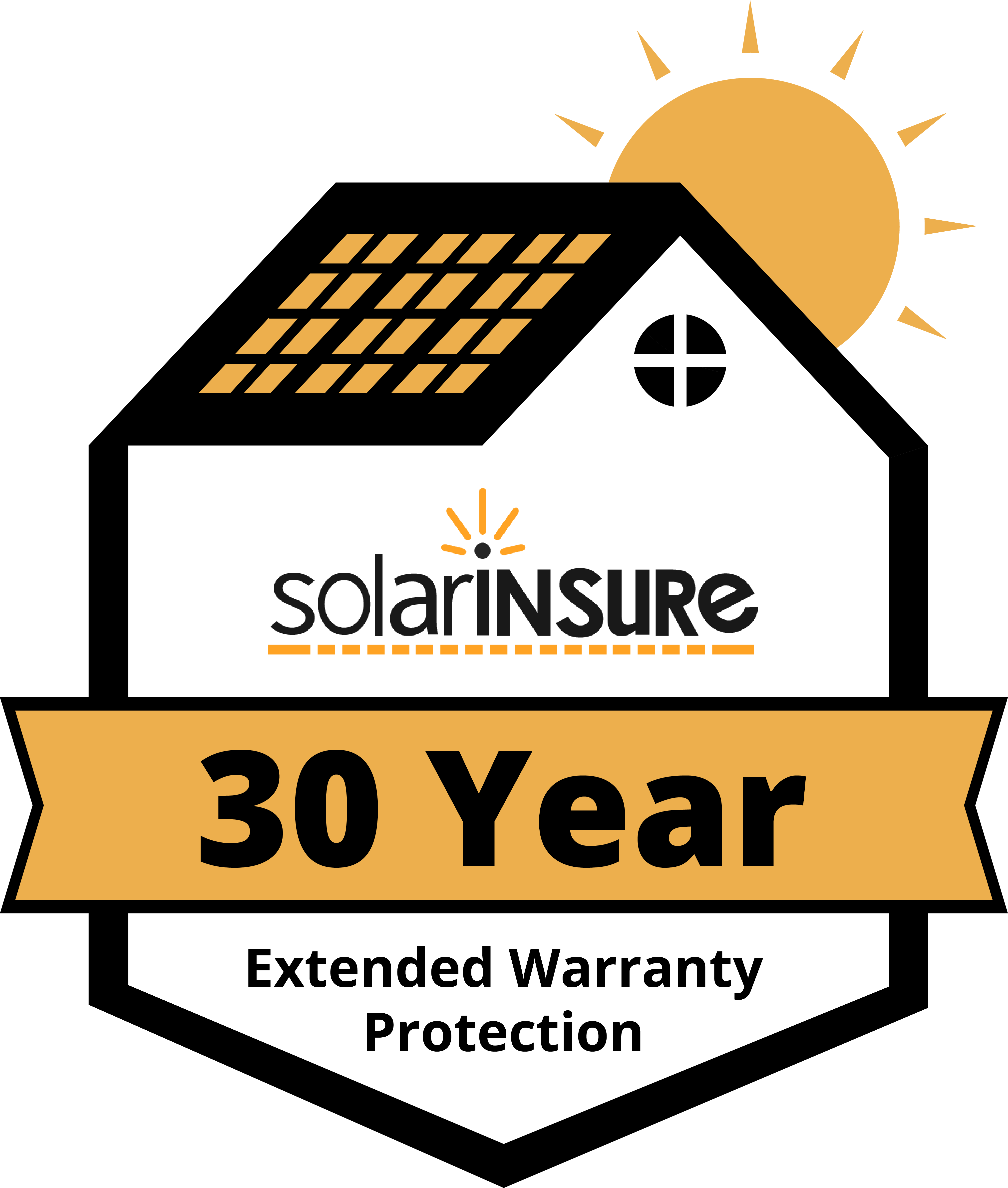Ever wonder how do solar panels work on cloudy days? The answer is they can, but not as efficiently as when there is full sun. So those of you in cloudy climates can still benefit from solar power. We’re going to take a look at how clouds affect solar output, and which solar panels are best for cloudy conditions.
Do solar panels need direct sunlight?
We won’t go into the technical details, but solar panels need sunlight to generate electricity. The panels are built to react best to direct sunlight, but they also work in indirect light. If part of the panel is partially shaded or its cloudy outside, less sunlight is directed to the panel, so solar panel efficiency goes down on a cloudy day.
The average amount of direct sunlight needed for solar power is four to five hours during the day. From the hours of 10 am to 3 pm, the sun is at its most direct angle to the earth, so those are the best hours for harvesting sunlight. Depending on your location and the angle of the sun, you may be able to have less sun and still generate enough power. An expert can help you determine the best system for your needs.
Solar panels work at approximately 10 to 25% of capacity when it’s cloudy. The ultimate efficiency depends on the amount of cloud cover, the grayness, and the overall efficiency of the panel.
If you know your environment is prone to cloudy conditions, you can install added microinverters to help improve the efficiency of the panels during cloudy days. Microinverters work like Christmas lights: even if one panel isn’t working, the rest will stay operational, generating electricity where there is enough light. This keeps your system operational on partly cloudy days or when objects create shade on the roof.
You can also install panels in other locations besides the roof where more direct sunlight is available, even if it’s on the ground or on the side of your house. By moving the location of the panels, you allow the panels to be more flexible in searching for sunlight. Motorized panels can move according to the sun’s path to maximize solar exposure and power generation. And don’t worry about panel durability. Today’s panels are tested to sustain large hailstorms, winds, and lightning.
How do clouds affect solar power output?
Solar panels are designed to work in both direct and indirect sunlight. So, while clouds do affect the efficiency of solar panels, they do not stop power production. This means they can create power even during a cloudy day. Panels are most effective in direct sunlight and when that light isn’t available efficiency goes down.
Surprisingly, rain and snow are both good for solar panels, as they help remove dust and dirt from the panel surface. An occasional rain shower helps maintain your panels, keeping them clean so they generate the most power they can.
Best solar panels for cloudy conditions
To choose the best solar panels for cloudy climates, look for panels with higher low irradiance test data. This data will show how much energy a panel creates even at lower light levels. Not many manufacturers provide this information, so you may have to shop around.
If you can’t get irradiance test data, the next best thing is to choose the highest efficiency solar panel you can afford. That way you get the best production you can for your budget, even in cloudy conditions.
Another choice you can make is to choose monocrystalline rather than polycrystalline panels . Monocrystalline panels are more efficient and technologically advanced. Polycrystalline panels are more affordable and have a longer lifespan but aren’t as efficient.
Conclusion
Solar power can still be an option, even in cloudy conditions. Solar panels don’t work as efficiently in lower light conditions, but you can still generate some power during the day to help offset your needs in the evening.
If you’re considering solar power for your home and aren’t sure if the conditions are right in your area, contact us at A1A Solar and we’ll assess your site for shading and climate conditions and let you know the best options for your home. Contact us today.


